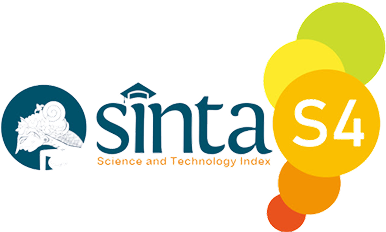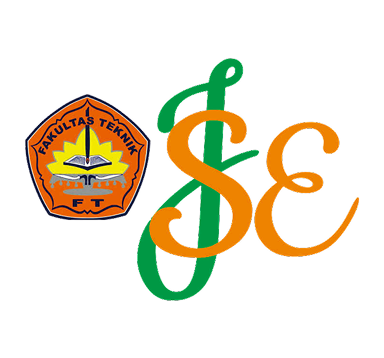Teknik Biotreatment Logam Berat Timbal (Pb) Menggunakan Eceng Gondok (Eichornia crassipes)
Keywords:
water hyacinth, Pb (lead), reduction, biotreatmentAbstract
Waste, if not managed properly, has the potential to reduce environmental quality. Kahayan River Watershed (DAS) it was concluded that the heavy metal content of Lead (Pb) was the highest. In Central Kalimantan, the water hyacinth plant (Eichornia crassipes) is a plant whose growth rate can threaten fish populations in rivers. The use of Water Hyacinth (Eichornia crassipes) is expected to reduce levels of the heavy metal pollutant Pb (Lead) in the water. The research method used is quantitative research. The test results showed that the Pb (Lead) concentration before treatment was significantly different from the concentration after treatment, this shows that the plants had a real effect in reducing the concentration of the heavy metal Pb in water. Based on the results of observations, it can be shown that there were morphological changes in the water hyacinth plants (Eichornia crassipes) from the beginning of the study until the 4th day. Water hyacinth (Eichonia crassipes) has been proven to reduce the heavy metal Pb (Lead) in the biotreatment of water polluted by the heavy metal Pb (Lead). Water hyacinth (Eichonia crassipes) reduces the heavy metal Pb (Lead) through the process of absorbing water by the roots, so that Pb (Lead) in the water is also absorbed. Then it is absorbed into the stem and spreads to the leaves of the Water Hyacinth plant (Eichornia crassipes).












